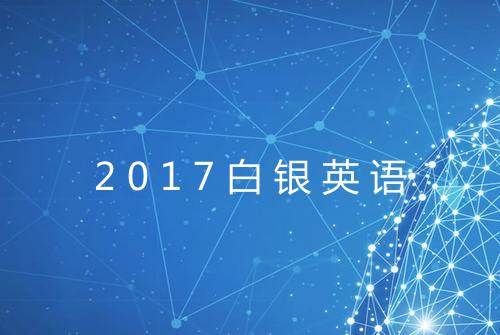
As we navigate the complexities of the 2025 silver market, understanding its historical context becomes crucial. The 2017 silver market study provides valuable insights into price volatility patterns, industrial demand shifts, and investment trends that continue shaping today's landscape. This analysis explores how those 2017 market dynamics evolved into current conditions, offering investors and industry professionals a meaningful perspective on silver's enduring role in global markets.
How Did the 2017 Silver Market Influence Current Trends
The 2017 silver market established several critical precedents that remain relevant today. That year's 9% price surge, followed by unexpected Q4 corrections, created the blueprint for modern volatility patterns that traders now anticipate. Industrial applications, particularly in solar panel manufacturing first exceeded jewelry demand in 2017 - a pivotal shift that permanently altered market fundamentals. The 2017 study's identification of retail investment patterns through ETFs and physical bullion purchases directly informed today's hybrid investment strategies combining digital silver products with traditional holdings.
The Solar Revolution's Lasting Impact
Eight years after the 2017 market study first highlighted solar industry demand, photovoltaic applications now consume 18% of annual silver production compared to just 6% in 2017. This sustained growth created permanent structural changes in the market. Manufacturers have adapted through thrifting (using less silver per panel) and recycling programs, but the fundamental demand driver remains stronger than analysts predicted. The 2017 report's early recognition of this trend positioned astute investors to capitalize on what became silver's most reliable growth sector.
Investment Vehicles Evolve While Fundamentals Endure
While the physical silver market retains its core characteristics since 2017, investment mechanisms have transformed dramatically. The paper silver versus physical bullion debate has expanded to include tokenized silver products and blockchain-based trading. Yet remarkably, the 2017 study's conclusions about market manipulation concerns and the importance of physical holdings remain just as pertinent today. Modern investors combine these timeless principles with new tools, creating hybrid strategies that would have seemed futuristic in 2017 but now dominate sophisticated portfolios.
Geopolitical Factors Magnify Silver's Dual Role
The 2017 analysis couldn't have anticipated how dramatically geopolitical tensions would amplify silver's dual identity as both industrial commodity and monetary metal. Recent supply chain disruptions and currency volatility have made silver's historical safe-haven characteristics resurface with surprising intensity. Mining output challenges in key producing nations like Mexico and Peru - first identified as potential concerns in the 2017 data - have indeed materialized, creating supply constraints that elevate silver's investment profile even amid industrial demand fluctuations.
Technological Innovations Reshape Silver's Future
Emerging applications in 5G infrastructure, electric vehicles, and medical technologies are writing silver's next chapter. The 2017 study correctly predicted technology would drive demand, but underestimated the pace and diversity of innovation. Quantum computing components and advanced antibacterial coatings now represent exciting new frontiers. Yet through all these changes, silver maintains its unique position at the intersection of ancient value and cutting-edge utility - a duality first articulated in the 2017 research that grows more pronounced with each passing year.








